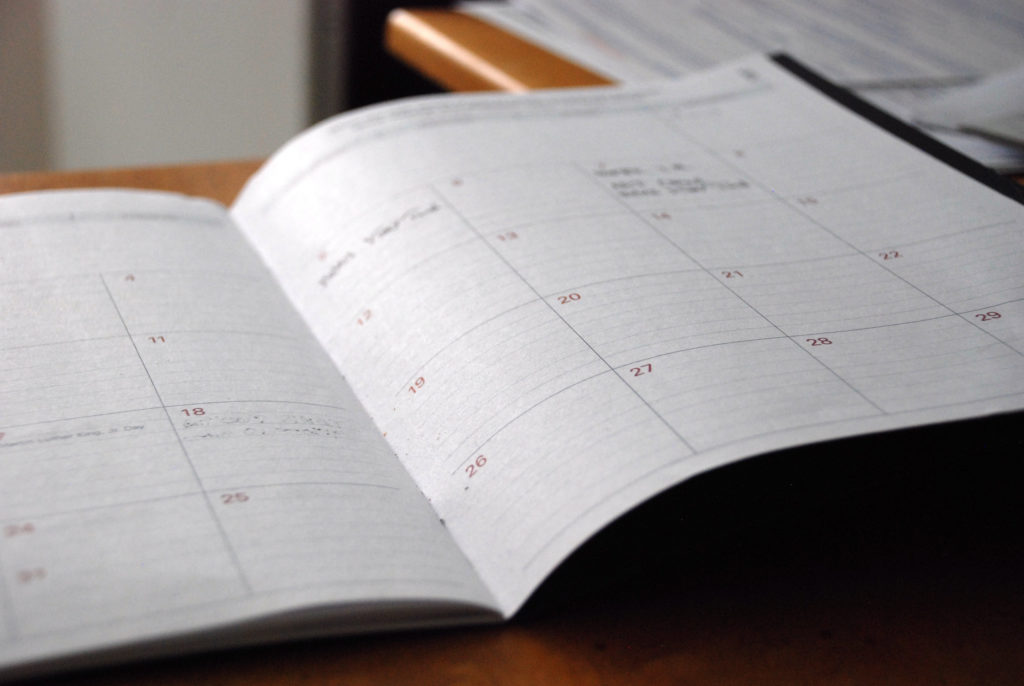Upon borrowing money to purchase a home, one of the documents you will run across is an amortization schedule provided by your mortgage lender.
The amortization schedule, in essence, outlines your loan payments each month and helps keep you on track. Here, realtor.com explains exactly what an amortization schedule is and why it’s important.
What is an amortization schedule?
When you take out a fixed-rate mortgage for 30 years or any other term, your lender will calculate an amortization schedule based on the beginning balance, interest rate and number of payments that details your payment for each month of your loan.
The schedule shows your interest calculation and how the payment is divided into principal and interest, so you know how much of each you pay each month.
It also calculates the outstanding balance of your loan as you progress through the loan term. By looking at your amortization schedule calculator, you can see how the amount of interest you pay changes compared with the amount of principal you pay during the life of the loan.
You can view your amortization table on a monthly or yearly basis. In the early years of your mortgage, the schedule shows that your monthly payment is almost entirely interest. The higher your interest rate, the more interest expense you pay with each monthly payment.
That gradually shifts due to amortization, and by the end of your loan schedule, the calculator shows your payments going almost entirely to pay down your principal.
Thinking about refinancing your loan?
When you make your first payments on a home, you may not pay attention to your balance or how your payments are split. You may be happy to be in a home and keeping up with the payments. After you’ve owned your property and made payments for a few years, however, you may decide to refinance or sell. In that case, you’ll need to know your balance so you can estimate your home equity.
You can find this information on the amortization schedule calculator or your latest mortgage statement. If you decide to refinance, remember if you switch from one 30-year loan to another, you’re restarting the interest clock and could end up paying more over time, even with a lower rate.
For example, if you get a new loan after seven years of payments into a new 30-year loan, you’ll be paying interest on your home for a total of 37 years, between the two loans. But it might be worth it if you qualify for a lower interest rate.
Paying down your principal loan balance
Another reason to pay attention to your amortization table—and to use an amortization calculator—is you can easily see the benefit of making extra payments to reduce the principal balance on your loan.
While your monthly payments won’t change unless you start over with a new loan, you can pay off your loan early by making additional payments. In fact, you can use amortization to your advantage to save money and pay off your loan faster.
For example, if you make an additional loan payment of $1,000, a calculator will show you that it saves you more than $1,000 during the life of the loan. That’s because the additional payment helps you amortize your loan faster; in other words, lower the balance and thus save on interest expense.
Three ways to pay down your balance faster include paying a little extra each month; making a lump-sum payment; and paying half of your mortgage every two weeks. Regardless of how you make extra payments on your amortizing loan, make sure your lender applies the payment to the principal amount if your goals are to decrease total interest expense and shorten the effective term of the loan.



